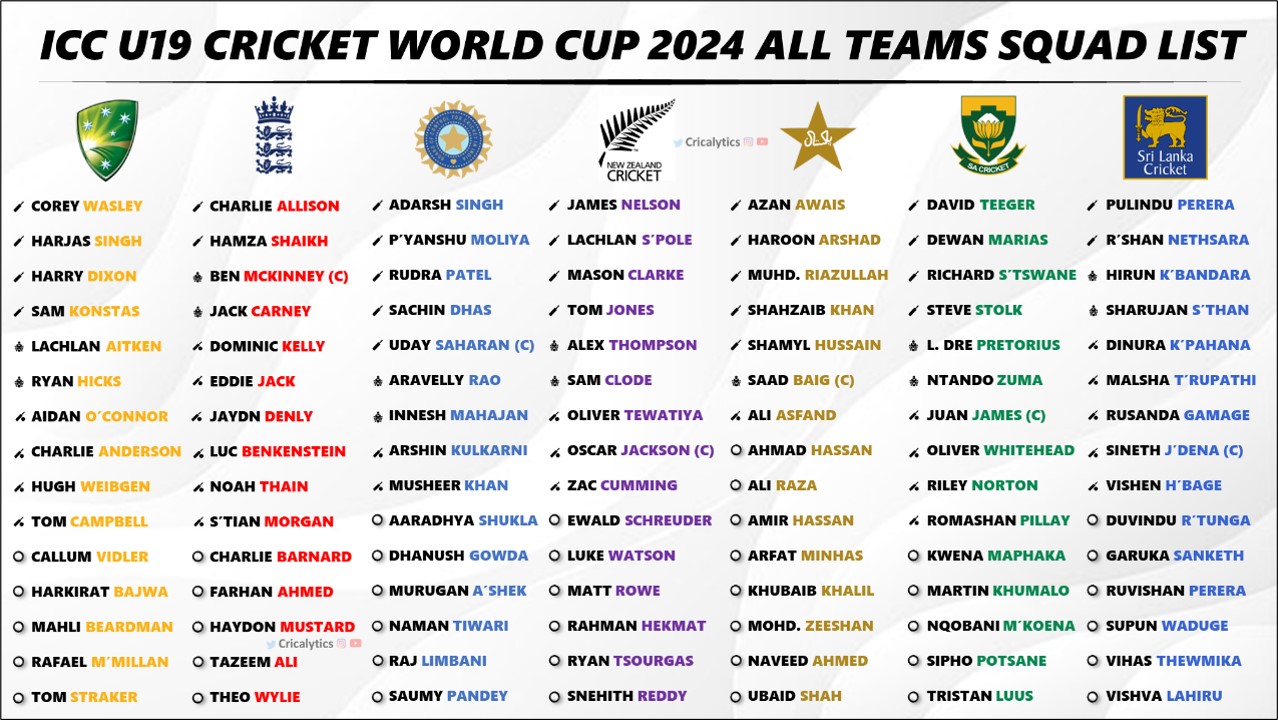
The Data Revolution: A Comprehensive Review of Football Analytics Tools
Football, the world’s most beloved sport, has undergone a profound transformation in recent decades. Beyond the raw talent and tactical genius on the pitch, a silent revolution has been brewing off it: the rise of data analytics. Once the domain of gut feeling and subjective observation, decision-making in football – from player recruitment to tactical adjustments and performance optimization – is now increasingly informed by sophisticated data insights. This shift has given birth to a burgeoning industry of football analytics tools, each promising to unlock new levels of understanding and competitive advantage.
This article delves into the landscape of these essential tools, categorizing them by their primary function, highlighting their key features, and discussing their pros and cons. We will explore platforms that empower coaches, scouts, analysts, and even individual players to dissect the beautiful game with unprecedented precision.
The Ecosystem of Football Analytics Tools
Football analytics tools can broadly be categorized into several key areas, though many modern platforms offer functionalities that span multiple categories:
- Performance Analysis & Video Tagging Tools:
- Scouting & Recruitment Platforms:
- Physical & Wearable Data Systems:
- Tactical & Coaching Software:
- Data Visualization & Business Intelligence (BI) Tools:
- Emerging AI & Predictive Analytics:
Let’s explore some of the leading players in each category.
1. Performance Analysis & Video Tagging Tools
These tools are the bedrock for dissecting on-field actions, allowing analysts to tag specific events, player movements, and tactical patterns directly from match footage. They bridge the gap between qualitative observation and quantitative data.
-
Hudl Sportscode:
- Overview: Often considered the gold standard in professional football, Hudl Sportscode (formerly Sportscode) is a highly customizable and powerful video analysis software. It allows analysts to create bespoke tagging templates, capturing every conceivable event – passes, shots, tackles, turnovers, specific player actions, and tactical phases – with precise timestamps.
- Key Features: Advanced tagging matrix, synchronized video and data, custom dashboards, powerful search and filter capabilities, integration with other Hudl products (e.g., Hudl Replay for live tagging).
- Pros: Unparalleled depth and customization, industry-standard for professional clubs, robust data export options.
- Cons: Very expensive, steep learning curve, requires dedicated training and skilled analysts.
- Target Audience: Elite professional clubs, national teams, top-tier academies.
-
Wyscout:
- Overview: While also a major player in scouting, Wyscout offers extensive video analysis capabilities. It provides a vast database of match footage from leagues worldwide, pre-tagged with a comprehensive set of events and player statistics.
- Key Features: Extensive video library, pre-tagged events, player profiles, tactical boards, comparison tools, download options for clips.
- Pros: Global coverage, user-friendly interface, cost-effective for the breadth of data, excellent for initial scouting and quick analysis.
- Cons: Tagging is pre-defined (less customizable than Sportscode), video quality can vary, data granularity might not match bespoke tagging.
- Target Audience: Scouts, analysts, coaches, agents, media, and clubs at all levels looking for broad access to global football data.
-
Metrica Sports:
- Overview: Metrica Sports offers a compelling suite of tools that combine video analysis with automated tracking data. Their products like Metrica Play and Metrica Sports are known for their user-friendliness and powerful insights.
- Key Features: Automated player tracking (from single camera), event detection, tactical analysis, heatmaps, passing networks, bespoke video clipping, data export.
- Pros: Blends video and data seamlessly, intuitive interface, more affordable than some high-end systems, powerful automated features.
- Cons: Tracking accuracy can be dependent on video quality, not as customizable as Sportscode for manual tagging.
- Target Audience: Clubs of various levels, academies, individual analysts seeking a blend of automated and manual analysis.
2. Scouting & Recruitment Platforms
These tools are designed to streamline the identification and evaluation of talent, moving beyond traditional scouting methods to data-driven insights.
-
Wyscout (Revisited):
- Overview: Wyscout’s primary strength lies as a comprehensive scouting platform. Its massive video archive and detailed player statistics make it indispensable for identifying potential targets.
- Key Features: Extensive player profiles (biographical, statistical, historical), searchable database, video clips categorized by action, transfer market insights, player comparison tools.
- Pros: Unrivaled access to global talent, efficient player shortlisting, helps identify hidden gems.
- Cons: Reliance on pre-defined metrics, can lead to over-reliance on numbers without video context, subscription cost for full access.
- Target Audience: Sporting directors, head scouts, recruitment teams, agents.
-
InStat:
- Overview: Similar to Wyscout, InStat provides a vast database of video and statistical data. It’s particularly strong in Eastern European and Russian leagues but has expanded globally.
- Key Features: Comprehensive match reports, player heatmaps, tactical analysis, customizable data filters, detailed individual player metrics (InStat Index).
- Pros: Alternative to Wyscout with slightly different data emphasis, good for in-depth statistical breakdowns.
- Cons: Interface can be less intuitive for some users, video coverage might not be as exhaustive globally as Wyscout.
- Target Audience: Scouts, analysts, coaches, media.
-
TransferRoom:
- Overview: While not a traditional analytics tool, TransferRoom is a data-driven digital marketplace for player transfers. It facilitates direct communication between clubs and agents, leveraging data to match supply and demand.
- Key Features: Club and player profiles, "transfer opportunities" based on club needs and player availability, direct messaging, market insights.
- Pros: Streamlines the transfer process, increases transparency, helps clubs find suitable players more efficiently.
- Cons: Primarily a marketplace, not an in-depth analytical tool itself (though it uses data).
- Target Audience: Sporting directors, club CEOs, recruitment managers, player agents.
3. Physical & Wearable Data Systems
These tools focus on the physical output of players, providing objective data on workload, intensity, and biomechanics.
-
Catapult Sports:
- Overview: A global leader in athlete monitoring, Catapult provides GPS and inertial measurement unit (IMU) devices worn by players during training and matches.
- Key Features: GPS tracking (distance, speed, acceleration/deceleration), heart rate monitoring, impact loads, heatmaps, custom reporting, injury risk assessment.
- Pros: Highly accurate and reliable physical data, essential for load management and injury prevention, integrates with video platforms.
- Cons: Expensive hardware and software, requires dedicated sports science staff for interpretation, data needs context.
- Target Audience: Professional and elite youth academies, sports scientists, strength & conditioning coaches, medical staff.
-
STATSports:
- Overview: Another prominent provider of GPS performance tracking devices, STATSports offers similar functionalities to Catapult, with a strong presence in top leagues.
- Key Features: High-resolution GPS data, personalized performance metrics, real-time monitoring, injury profiling, cloud-based analysis platform.
- Pros: Robust and accurate data, user-friendly interface for coaches, widely adopted.
- Cons: Significant investment, requires consistent use and data interpretation expertise.
- Target Audience: Professional clubs, sports scientists, coaches.
4. Tactical & Coaching Software
These tools aid coaches in planning, communicating, and reviewing tactical strategies.
-
TacticalPad:
- Overview: A widely used software for drawing and animating tactical drills and match situations. It’s less about data analysis and more about visual communication.
- Key Features: Drag-and-drop interface, player and ball animation, customizable pitch views, export to video or images, drill library.
- Pros: Excellent for visual learners, easy to create clear tactical instructions, intuitive.
- Cons: Not a data analysis tool, primarily for drawing and animation.
- Target Audience: Coaches at all levels, assistant coaches, academy coaches.
-
Dartfish:
- Overview: Dartfish offers advanced video analysis capabilities, often used for biomechanical analysis and detailed performance review, allowing coaches to break down movements frame by frame.
- Key Features: Slow motion, frame-by-frame analysis, drawing tools, side-by-side comparison, motion tracking.
- Pros: Extremely detailed video review, ideal for technical skill development and injury rehabilitation.
- Cons: Requires high-quality video, niche focus on detailed movement analysis.
- Target Audience: Technical coaches, sports scientists, physical therapists, individual athletes.
5. Data Visualization & Business Intelligence (BI) Tools
While not football-specific, these powerful general-purpose tools are increasingly used by football clubs to create custom dashboards and extract deeper insights from raw data.
- Tableau / Microsoft Power BI:
- Overview: These are industry-leading BI tools that allow users to connect to various data sources (Opta, StatsBomb, Wyscout exports, GPS data, etc.) and create interactive, visually appealing dashboards.
- Key Features: Data blending, drag-and-drop visualization, interactive filters, custom calculations, real-time data connectivity.
- Pros: Highly flexible, can combine data from multiple sources, powerful storytelling through data, scalable.
- Cons: Requires data literacy and design skills, can be complex for beginners, licensing costs.
- Target Audience: Data analysts, sports scientists, club management, anyone wanting to create custom reports from raw football data.
6. Emerging AI & Predictive Analytics
The frontier of football analytics involves leveraging Artificial Intelligence and Machine Learning to identify patterns, predict outcomes, and optimize decision-making beyond what human analysis alone can achieve.
- Smarter Scout / xG and xA models:
- Overview: Platforms like Smarter Scout leverage advanced statistical models (often built using R or Python) and AI to evaluate player performance independently of traditional metrics, focusing on underlying contributions and transferable skills. Expected Goals (xG) and Expected Assists (xA) models are prime examples of this statistical revolution.
- Key Features: Player ratings based on unique algorithms, predictive scouting metrics, identification of ‘undervalued’ players, contextualized performance.
- Pros: Provides novel insights, reduces bias, can identify players who fit specific tactical systems, powerful for long-term player development and recruitment.
- Cons: Can be opaque (black box models), requires careful interpretation, still an evolving field.
- Target Audience: Advanced scouting departments, data science teams, strategic planning units.
Key Considerations When Choosing an Analytics Tool:
- Budget: Tools range from affordable subscriptions to multi-million dollar enterprise solutions.
- Team Size & Expertise: Does your staff have the skills to operate complex software, or do you need user-friendly interfaces?
- Specific Needs: Are you focused on recruitment, performance, injury prevention, or tactical planning?
- Data Sources: What kind of data do you need (video, event, tracking, physical)? Do the tools integrate with your existing data providers (Opta, StatsBomb)?
- Integration: How well do the tools integrate with each other? A cohesive ecosystem is vital.
- Scalability: Can the tool grow with your club’s ambitions and data needs?
- Support & Training: What kind of customer support and training resources are available?
The Future of Football Analytics
The landscape of football analytics is dynamic and rapidly evolving. We can expect to see:
- Increased Automation: More AI-powered tools for automated tagging, tracking, and insight generation.
- Real-time Analytics: Delivering actionable insights to the bench during matches.
- Personalized Player Development: Tailored training programs based on individual data profiles.
- Deeper Integration: Seamless flow of data between various platforms, creating a truly holistic view.
- Ethical Considerations: Growing importance of data privacy, bias in algorithms, and the human element in decision-making.
Conclusion
The days of purely subjective analysis in football are largely behind us. Analytics tools have become indispensable for any club or individual seeking a competitive edge. From dissecting every pass with Hudl Sportscode to scouting the globe with Wyscout, monitoring physical loads with Catapult, or uncovering hidden gems with AI-driven models, these technologies empower stakeholders to make more informed, data-driven decisions.
However, it’s crucial to remember that tools are only as effective as the analysts who wield them. Data provides insights, but human interpretation, strategic thinking, and the ability to apply those insights on the training ground and match day remain paramount. The future of football will undoubtedly be a fascinating blend of human intuition and algorithmic precision, with these powerful analytics tools serving as the essential bridge between the two. The beautiful game has never been so meticulously understood.



